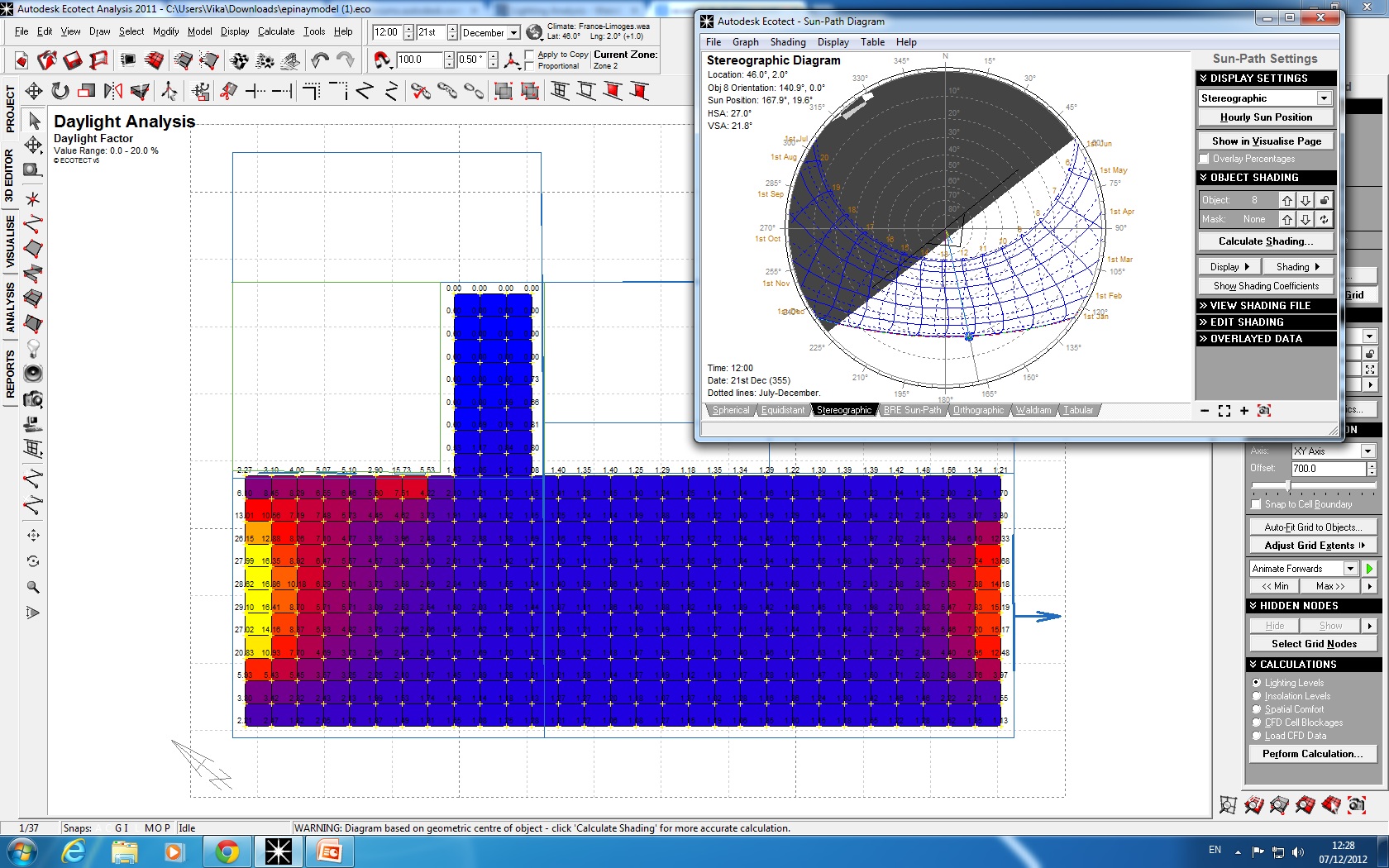In the sphere of architecture and urban planning, the particular interplay of natural light and constructed environments has taken on newfound significance. Daylight surveying is not just the technical exercise; this is a blend of fine art and science that will can transform places, enhance occupant well being, and give rise to sustainable practices. As cities grow and evolve, understanding how light interacts with structures becomes crucial throughout designing environments of which are not just functional but in addition uplifting.
Daylight surveyors enjoy a huge role in this particular process, employing sophisticated techniques to determine how buildings could optimize natural lighting while minimizing issues such as glare plus overshadowing. Their knowledge supports designers, builders, and urban organizers to make informed decisions that align along with environmental standards and even enhance the overall quality of life. This post delves into the particular various aspects associated with daylight surveying, discovering its benefits, strategies, and influence on creating design, ensuring a brighter future for our urban panoramas.
The Benefits involving Daylight Surveys
Daylight surveys provide a complete assessment of just how natural light interacts along with buildings and their surroundings. This information is vital for architects in addition to developers, as it allows them to create designs that will optimize the application of daylight, leading to improved aesthetics and features. By understanding the patterns of sun light during the day and distinct seasons, professionals could enhance the overall look of a project while also guaranteeing that spaces experience more inviting plus livable.
In addition in order to aesthetic benefits, daylight surveys significantly add to energy performance in buildings. By simply maximizing the usage of organic light, buildings can reduce their reliance in artificial lighting, which in turn lowers energy intake and costs. It is particularly beneficial with regard to large commercial areas where lighting could be a significant ongoing expense. Additionally, energy-efficient buildings will be increasingly favored on the market, making properties using well-conducted daylight studies more attractive in order to audience and renters.
The impact of daylight surveys extends past energy and appearances to include occupant well-being. Research offers shown that gain access to to sun light absolutely influences mood, production, and all around health. Spots that are fashioned with daylight considerations generally have lower instances involving depression and anxiety among occupants. Within settings such as offices or universities, this can result in increased productivity and even enhanced learning experience, ultimately fostering a much better environment for everybody involved.
Daylight Online surveys in Urban Preparing
Sunlight surveys play a critical role throughout urban planning simply by assessing the and even quality of all-natural light in recommended developments. These online surveys provide planners plus architects with vital information that impact on design decisions, ensuring that buildings utilize sun rays effectively while furthermore maintaining a enjoyable environment for passengers. Daylight Analysis Dublin mixing of sunlight analysis into planning processes helps to be able to identify optimal locations for new constructions, reduce energy intake, and improve the particular overall urban visual.
In densely populated areas, where tall properties may overshadow one particular another, daylight research are essential to stop negative impacts in surrounding properties. By simply analyzing shadow designs and daylight convenience, planners can mitigate the risk of overshadowing, making sure just about all structures receive enough light. This is certainly particularly important in non commercial developments where natural light can drastically impact the quality of life for occupants. Moreover, sunlight studies can notify the design associated with public spaces, parks, and open areas, promoting community wellbeing.
The importance of daytime surveys extends past mere aesthetics; that they support compliance with local regulations concerning light access plus environmental standards. Because urban environments evolve, understanding daylight gain access to is vital regarding high-density developments, wherever consideration must always be given to precisely how new buildings connect to existing ones. Simply by prioritizing natural light inside the planning process, cities can promote healthier urban conditions that cater to be able to both residents in addition to businesses.
Maximizing All-natural Light in Constructing Design
Natural light performs an important role within architectural design, impacting on not simply aesthetic appeal but additionally the general functionality of spots. By strategically placing windows, skylights, and other openings, can be can enhance typically the influx of daytime, creating environments that are both welcoming and energy-efficient. Careful consideration of orientation and the surrounding context is important to capitalize about natural light the whole day, ensuring that spaces receive adequate light at various periods of the season.
Daylight research provide valuable insights into how gentle interacts with a new building's design. Via these assessments, sunlight surveyors can recognize optimal placements intended for windows and additional openings to improve light penetration whilst minimizing glare and heat gain. Implementing these findings can easily result in models that greatly improve the user encounter by providing better interiors, reducing reliance on artificial lights, and ultimately cutting down energy consumption. This specific strategic approach not only reflects a dedication to sustainable techniques and also leads in order to considerable cost savings more than time.
Furthermore, maximizing sun light extends beyond pure functionality; it considerably impacts occupant wellness and productivity. Correctly shown that entry to daylight could improve mood, raise focus, and market general health. By including daylighting strategies in to building designs, stakeholders can create spots that enhance the particular quality of life for occupants, which makes them more attractive for residential or commercial purposes. As knowing of these kinds of benefits grows, adding daylight surveying directly into the design method is becoming increasingly important for successful contemporary architecture.

